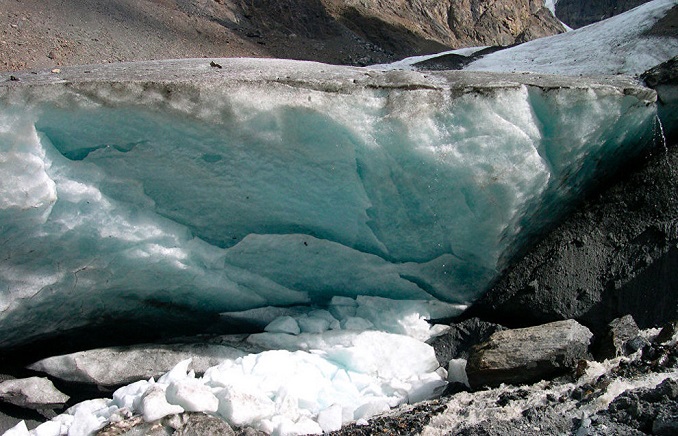Moscow State University’s (MSU) glacier, which in the middle of the 20th century was announced the Urals’ longest and second biggest glacier, melted away, press service of the government of the Yamalo-Nenets Autonomous Region said, commenting on results of the expedition to the Polar Urals’ glaciers, organized by the Research Center for Arctic Studies and MSU, TASS reported.
“When we saw the glacier last time, in 2010, there still remained a big layer of ice. However, the glacier was practically separated from the accumulation zone, and the neighboring lake was absorbing it. On the pictures tourists made over the next few years you can still see that some part of the glacier did remain. This year, it has melted away,” the press service quoted the university’s representative Mikhail Ivanov, an expert in geography, as saying.
According to the press service, the area of neighboring lakes around another glacier, the Polar Urals’ biggest one, named after the Academy of Sciences’ Institute of Geology (IGAN), has grown due to the thawing ice compared to 2018.
“Following studies of ice nuclei inside the moraine [any glacially formed accumulation of unconsolidated glacial debris, soil and rock, which forms a dam for water coming from thawing glaciers – TASS] we will evaluate risks of hazardous natural calamities, including glacier high waters, and will see whether annual monitoring of the lakes would be necessary,” the press service added. “Scientists plan to return to the IGAN glacier in April 2021, to measure the ice and calculate mass balance.”












